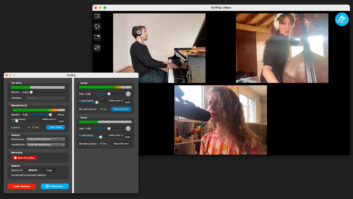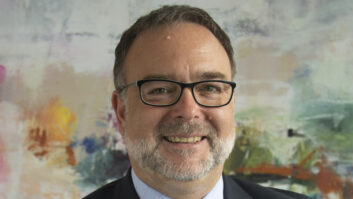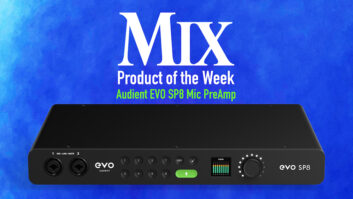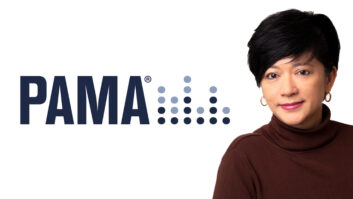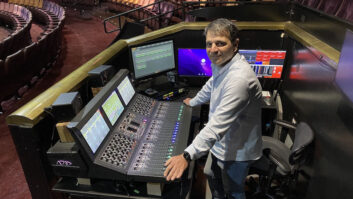Phoning it in is the way of the future for film productions. Clear-Com has created a way for producers and directors to use their phones like walkie-talkies to communicate with various departments on production sets—meaning they don’t have to show up physically to get to work.
Award-winning cinematographer Vinit Borrison used Clear-Com’s LQ-4WG2 IP-based comms system in combination with the company’s Agent-IC mobile app to allow a director in NYC to remotely direct a shoot happening in Toronto, where two crews were simultaneously shooting in two different locations. Borrison says, “It was amazing. We were all in communication. This could never happen with walkie-talkies, which have a range of three miles… maybe. But this is worldwide. You can talk to anyone, any place, any time they jump onto our system.”
The Clear-Com LQ Series is audio-over-IP, so dispersed team members (or the crew on set) can log in with the Agent-IC app and have access to the different comms channels that have been set up for that production. “I can make partylines for particular departments. And if I wanted to talk to people on walkie-talkies through my system, I can patch them in. You can have many people on it at the same time. I can show up to set with a bunch of AfterShokz noise canceling headsets or AirPods and everyone can communicate as if it was a normal phone call,” says Borrison, who’s been an advocate for improved on-set comms well before COVID-19 required production teams to figure out an effective new solution in accordance with strict protocols for social-distancing, zoning, and multiple layers of PPE that make it difficult to communicate.
OFF-SET, REMOTE HOOKUPS
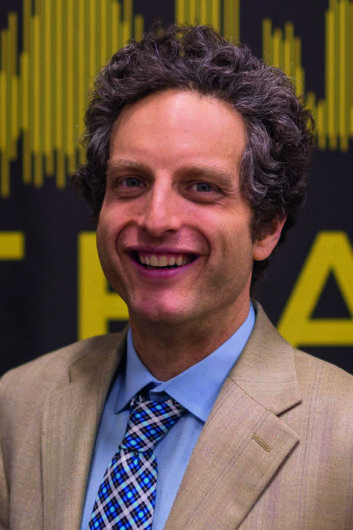
When shutdowns forced productions to go on hiatus, Peter Schneider, VP of NYC’s Gotham Sound, started working on a comms plan with IATSE Local 52 members, who mainly specialize in commercial production. “We sketched out what a commercial set might look like, at what technology can be applied. Naturally, we came to a wireless PL (partyline intercom) system as a solution,” he says.
One main focus was figuring out logical partyline assignments—thinking about the responsibilities of the key people on set and who they regularly talk to. Schneider says, “I credit Peter Erskine, an events and broadcast communications expert in NYC, for saying, ‘You only give people what they need.’ So we asked, ‘Who needs to talk to who?’ and then diagrammed channels on a whiteboard, giving only the people that need those channels access to those channels.”
As with Borrison, Schneider also saw the need for production solutions that allowed for remote participation. Early on, they realized that travel was being severely restricted. So having a director or agency people fly in to shoot a commercial wasn’t going to happen.
“How can we have those distant creative people be part of the conversation? How can we be part of the communication solution?” he asks. “Clear-Com’s Agent-IC mobile app provides remote intercom access over the Internet and it integrates perfectly with several of their wireless PL systems. We’ve also incorporated Peplink’s Pepwave cellular routers that have integrated VPNs. Part of shooting is about keeping it secret, and soundstages typically don’t have good Internet infrastructure. Pepwave allows for incredibly flexible connectivity options on set, and it allows us to remotely troubleshoot gear that we send out, or change settings, all without having to dispatch a technician.”
COVID may have instigated the need for remote participation on productions, but Schneider sees this as a continuing trend. “People now realize that traveling is an option,” he explains. “A director might say, ‘I want to be near my home’ and rather than fly across the country—thanks to technology and the technicians that run it—that can happen seamlessly. It has happened.”
Schneider was contacted by Kat Farm Productions owner and DP Daniel Farmer, who had an upcoming shoot in New York but the directors were in California. Gotham Sound engineered an equipment package that let the directors see extremely low-latency video in their homes and enabled communication with the camera team on set. “The greatest compliment that I got at the end of the shoot was from one of the camera operators who said to me, ‘That was better communication than when we did the shoot in the past and the directors were upstairs.’ That’s awesome,” Schneider says.
KEEPING MOBILE, ON SET
Not all productions require remote intercom access but still need high-fidelity, wireless communication that isn’t hindered by PPE. Walkie-talkies are bad enough as it is, and using a walkie-talkie with a face mask and a face shield isn’t practical or effective.
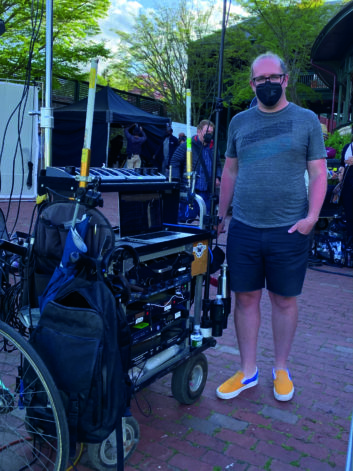
Also, walkie-talkies are one-way communication, “so only one person can talk at a time; you’re limited in how you can communicate,” says comms tech Patrick Farrell, who was tasked with helping the production team on HBO’s upcoming series The Gilded Age set up a wireless PL system.
“I’m operating a Clear-Com FreeSpeak system that enables my users to have multiple channels that they’re listening to, and with a partyline there’s multiple people speaking at the same time. You can have a normal, natural conversation,” he says. “I also have a few Motorola base stations in my setup. I take the four wire outputs from my Clear-Com and go into the Motorola so I can assign a channel on someone’s FreeSpeak beltpack to be able to talk to other people with walkie-talkies. So we’re utilizing that established walkie-talkie infrastructure and expanding on that.”
Farrell observes that this system was never designed to be a mobile station, and since “a film production is nomadic, moving from location to location at a moment’s notice, I built my FreeSpeak base station into a Magliner cart that’s fully DC-powered with a battery backup so I can just push it around wherever I need to go on set. The challenge is being able to remote my antennas (the transceivers) so that I get full coverage for all the users that I have, which can wind up being on opposite sides of a building.”
Award-winning “A” camera operator Geoffrey Haley—who won the Society of Camera Operators Camera Operator of the Year Award in 2020 for his work on Joker and has been the A camera operator on massive Marvel films like Captain Marvel and Avengers: Endgame—says the need for production crews to communicate with each other quietly using a wireless communication system isn’t truly a result of the pandemic. “COVID has certainly propelled us more in that direction, but filmmaking advancements actually propelled the need for wireless communication,” he says.
For instance, wireless lighting systems and wireless production sound systems have cleared a path, literally, for greater camera mobility. “On the large-budget action/adventure movies that I do, we’re using tools like a steadicam, or a crane with a telescoping arm, or a gimbal that has the ability to move fairly fluidly and flexibly, as opposed to a traditional dolly track,” he explains. “The tools allow us to be much more improvisational, which means that there is an immediacy to what we do. That immediacy requires an ability to communicate with each other.”
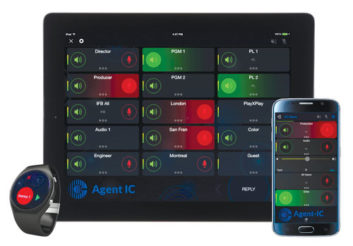
For years, Haley has been using Clear-Com’s HME DX Series base station (like the DX340ES) with WH340 headsets on films when operating a Technocrane. Since it’s a carefully choreographed and executed shot, Haley says, “The person doing the telescoping, the person that’s on the bucket, the grips moving the chassis up and down a track—we all have to communicate with each other while the shot is happening, and the HMEs are perfect for that. The WH340 is an all-in-one headset (two-way receiver/transmitter) that connects to a central base station. There are no wires or a beltpack to get in our way.”
Technocrane shots were Haley’s primary use of the WH340 headsets, but now he uses them “constantly to speak with the director of photography, to my First AC, and to the dolly grip who is literally four feet away but because of the PPE, we don’t want to speak so loudly that, during the middle of a shot, we would interfere with the soundtrack. So we’ll be whispering to each other using the Clear-Com system,” he says. “The HME is very much a part of my life ever since COVID. I put that thing on at the beginning of every day and I don’t take it off until we’re leaving.”
